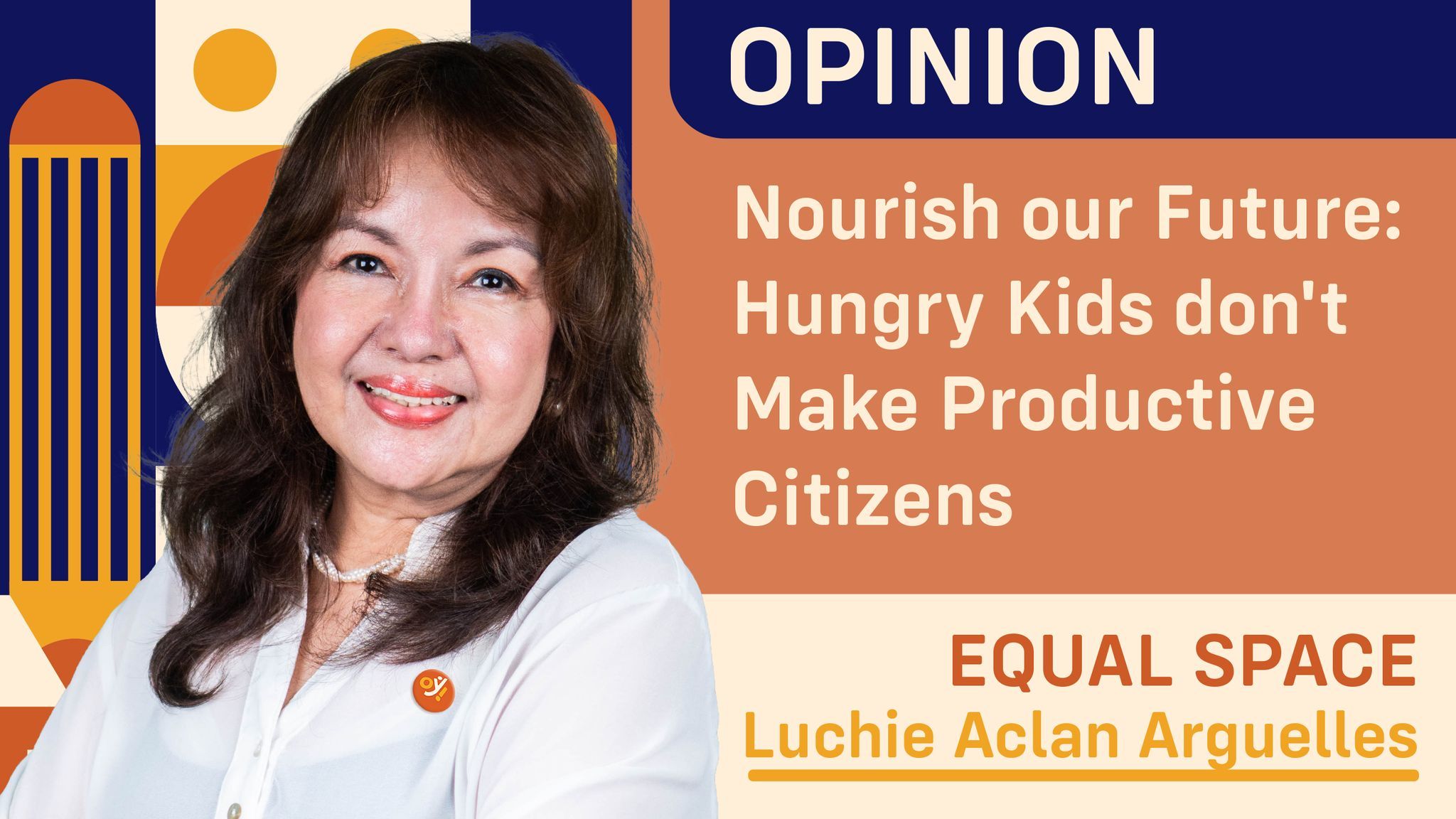It is alarming to note that more Filipinos experienced highest incidence of involuntary hunger under the reign of President Ferdinand Marcos Jr. The Social Weather Stations' (SWS) December 8 to 11, 2023 survey marked the hunger rate at 12.6 percent.
In the second quarter, 10.4 percent of Filipinos went hungry while in the third quarter, the results already plunged to 9.8 percent. In the last quarter, Metro Manila hunger rate was 17.3 to 12.7 percent.
Going back, the poll body noted the highest hunger rate in June 2021 — during the term of President Rodrigo Duterte — which was 13.6 percent. Before 2020, it was 9.3 percent.
Cash Strapped
As basic needs cost reaches an all-time high — barely affordable for common folk — can the Government be blamed entirely for the increasing hunger rate? Private traders and manufacturers, as well as concerned citizens, have a hand in it, too, come to think of it!
Inadequate delivery of services, shortage of employment opportunities, ever-increasing cost of basic goods and fuel, and lack of affordable housing make it impossible for daily-wage earning Filipinos to make ends meet.
The Government is clearly cash-strapped that taxes need to be raised for an elbow room in matching its expenditures.
My Community, My Responsibility
The immediate question is on how to resolve hunger problem without the Government's help.
The Government will most likely claim there is no food insufficiency. Perhaps. The reality is that prices of food and basic necessities are no longer within reach for some sectors of society.
While others will raise brows on the idea of food banks, as this will be tantamount to distribution of dole outs, the more pragmatic vision is to ensure no one goes hungry.
So what's the solution?
At this point, private sector, concerned organizations and individuals must come in to support their immediate community. They need not look far or outside their periphery.
To ensure that everyone is healthy and gets access to nutritious food, support starts in building a network within their neighborhood or barangay.
Government's Role
Of old, the barangay was known as a socio-spatial unit, a built environment that identifies its populace's own socio-cultural and economic existence. The barangay, in the real purpose of its creation, is a cluster of co-existing families. It is supposed to be "civilian" in nature.
For political purposes, the barangay has lost its original form and significance and turned into the smallest government unit controlled and managed by the national government that a politicians' win get hinged on barangays.
The Government's responsibility on the less privileged sector in the barangays is not limitless. The Pantawid Pamilyang Pilipino Program (4Ps), though conditional, gives cash aid to qualified families with school-aged children only if endorsed by the barangay. In a review, not all who are genuinely qualified are endorsed for some reason.
While the objectives of the 4Ps alleviate the economic condition of families in raising children, the SWS surveys revealed otherwise. The numbers exposed the dire state of respondents.
Community Pantry
Others would shudder at the idea of community-run pantries or food banks even if for the purpose of building a healthier neighborhood.
This is not a relief or doleout. The food bank is a concerted effort to make sure that no young or aged member of the community goes hungry.
The concept of a food bank is a project from the heart of concerned neighbors with growing kids and ageing populace.
Community members who are more privileged help solicit from other neighbors to receive, store and distribute fresh produce and pantry staples. This concept gets neighbors connected and identify beneficiaries.
Ideal Food Banks
Food banks do not rely on Government assistance and are run by dedicated folks to help their immediate community living with food insecurity. Food hubs ensure no child or senior goes hungry.
Ideally, food banks — mostly operated by organized civic or religious groups — are at work 24/7 but open distribution only at specific times of the day announced to beneficiaries. Food supplies are pre-packed to last for two to three days.
Food banks items are fresh produce, canned soup, meat or fish, fruits and vegetables, and bread, rice and noodles. Milk is not recommended among the goods.
There is always a demand for infant and adult diapers and vitamins, too.
On distribution days, an added-plus is setting up activities for the young and old.
With the rising inflation, high cost of living and low social assistance (or none at all), the less privileged will definitely turn to food banks.
This is not encouraging mendicancy. With kind-hearted individuals at the fore, nourishing and helping raise healthy young members of the populace will positively build a better community in the future.
(email opinyon.luchieA@gmail.com)
#EqualSpace #LuchieAclanArguelles #NourishOurFuture #HungryKids #InvoluntaryHunger #BBM #PBBM #Marcos #OpinYonColumn #OpinYon #WeTakeAStand
